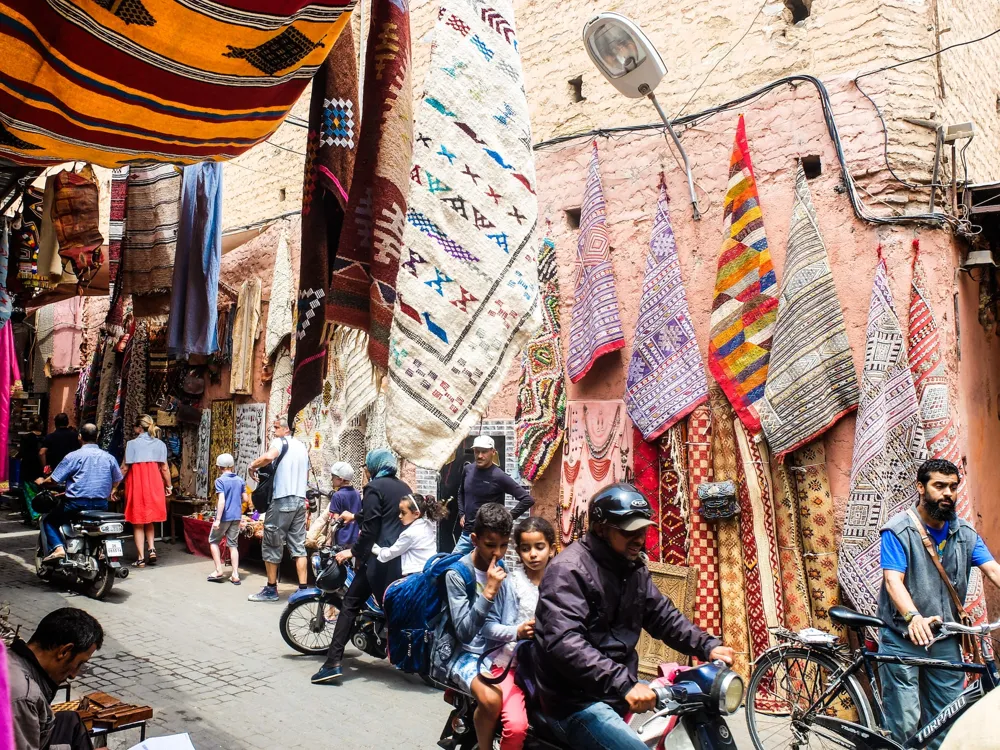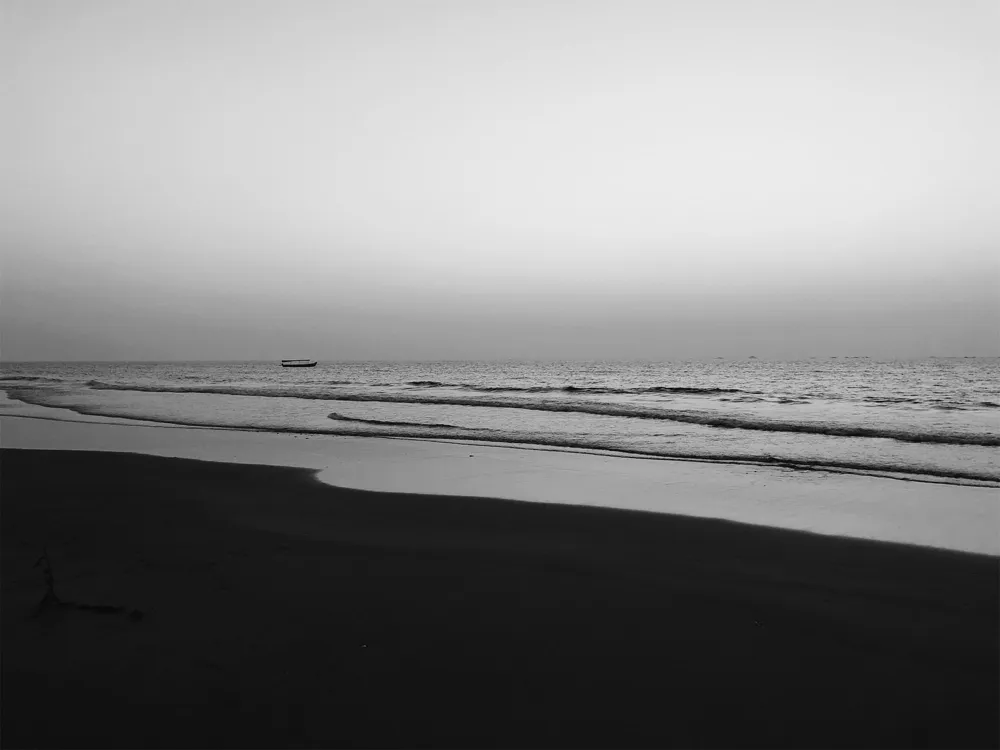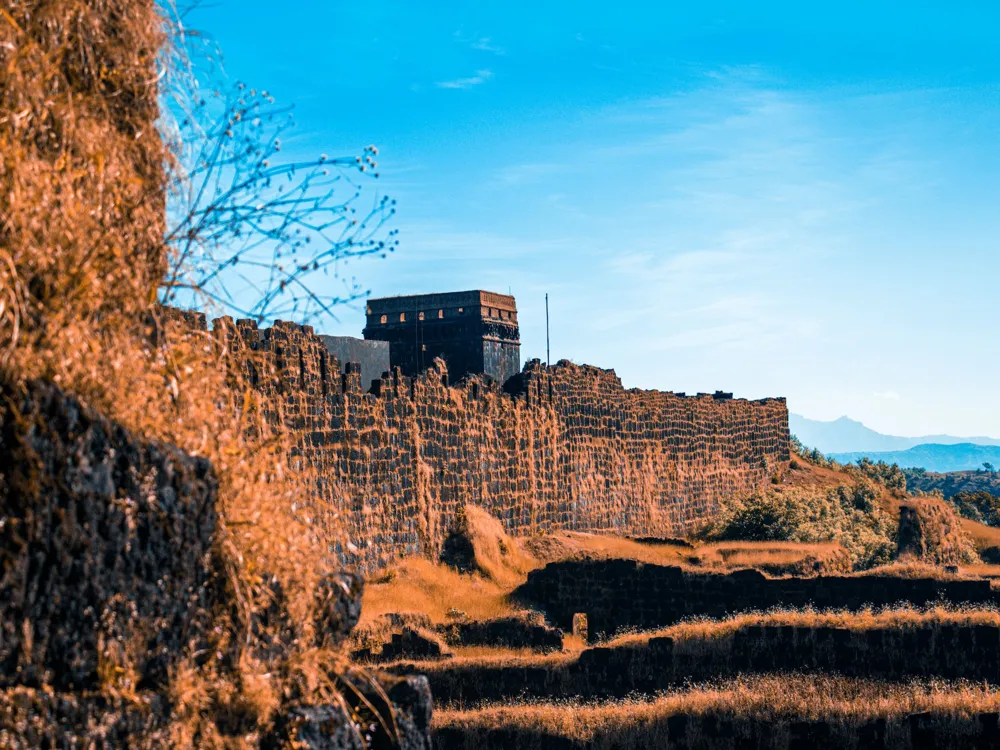Se Cathedral, standing as an architectural marvel in Panaji, Goa, is not just a symbol of religious significance but also a testament to the rich history and cultural amalgamation that Goa has witnessed over centuries. Constructed in the 16th century to commemorate the victory of the Portuguese under Afonso de Albuquerque over a Muslim army, leading to the capture of Goa in 1510, this majestic building is one of the largest churches in Asia. The cathedral, dedicated to St. Catherine, has witnessed numerous historical events and is a key part of Goa's colonial history. It reflects the prosperity and power of the Portuguese empire at its zenith. The architectural style is Portuguese-Manueline, with Tuscan exteriors and Corinthian interiors, a blend that is both imposing and elegant. The history of Se Cathedral is as captivating as its structure. The cornerstone was laid in 1562, under the reign of King Dom Sebastião, and the construction was completed in 1619. It was consecrated in 1640. The cathedral initially had two towers, but one collapsed in 1776 and was never rebuilt, giving it a unique asymmetrical appearance. Se Cathedral has been a witness to the rise and fall of various regimes and has stood the test of time, surviving natural calamities like the 1775 Lisbon earthquake. It has been a beacon of faith for the Catholic community in Goa and continues to attract visitors from all over the world, not just for its religious significance but also for its architectural magnificence. The architecture of Se Cathedral is a blend of Gothic and Portuguese-Manueline styles, symbolizing the era's grandeur and the architectural prowess of the Portuguese. The cathedral's exterior is notable for its Tuscan style, while the interior is influenced by the Corinthian style. This combination makes the cathedral an outstanding example of the architectural transition that took place during the Renaissance period. One of the most striking features of Se Cathedral is its size. It is one of the largest churches in Asia, with a length of 76 meters and a breadth of 55 meters. The height of the frontispiece is approximately 35 meters, lending it a monumental presence. The church's façade is notable for its simplicity, featuring a central pediment interrupted by a large window and flanked by two rectangular towers, one of which was never rebuilt after its collapse. Inside, the cathedral's grandeur continues with its impressive altar dedicated to St. Catherine of Alexandria, to whom the cathedral is dedicated. The altar is adorned with intricate carvings and gold work, exemplifying the richness of the period's artistry. The cathedral houses several altars, each dedicated to different saints, and the craftsmanship of these altars is a testament to the skill of the artisans of the time. The cathedral also features a large baptismal font made in 1532 which was used by St. Francis Xavier, the patron saint of Goa, to baptize several Goan converts. This font, along with the exquisite paintings and carvings, adds to the historical and cultural value of the cathedral. As a place of worship, visitors are expected to dress modestly. Avoid shorts, sleeveless tops, and flip-flops. It's advisable to wear comfortable clothing that covers shoulders and knees. Photography is allowed, but be respectful. Avoid flash photography and loud noises, especially during service times. Always ask permission if you want to photograph locals or worshippers. Consider taking a guided tour to fully appreciate the cathedral's history and architecture. Local guides can provide insights and anecdotes not found in guidebooks. Check the mass timings if you wish to attend a service. Being a part of the mass can be a serene and culturally enriching experience. Respect local customs and traditions. Goa has a unique blend of Indian and Portuguese cultures, and understanding this can enhance your visit. Se Cathedral is located in the heart of Old Goa, easily accessible by various modes of transportation. The nearest airport is the Goa International Airport, which is about 26 km away. Visitors can hire taxis or use app-based cab services from the airport to reach the cathedral. For those preferring public transport, buses to Panaji run frequently from different parts of Goa. From Panaji, local buses, auto-rickshaws, or cabs can be taken to reach Old Goa where the cathedral is situated. For visitors staying in North or South Goa, renting a scooter or a car is a popular and convenient option, providing the flexibility to explore Old Goa at one's own pace. Read More: Overview of Se Cathedral of Panaji, Goa
Architecture of Se Cathedral
Tips When Visiting Se Cathedral
Dress Appropriately
Photography Etiquette
Guided Tours
Mass Timings
Local Customs and Traditions
How To Reach Se Cathedral
Se Cathedral
Panaji
Goa
NaN onwards
View goa Packages
Weather :
Tags : Church & Cathedral
Timings : 7:30 AM - 6:00 PM
Time Required : 1-2 hours
Entry Fee : Free
Built by : Portuguese rulers
Built in : 16th century
Length : 250 ft
Breath : 181 ft
Mass Timings : Weekdays – 7:30 AM and 6:00 PM
Sunday – 7:15 AM, 10:00 AM and 4:00 PM
Tips : Dress modestly. Cover your knees and shoulders
Planning a Trip? Ask Your Question
Goa Travel Packages
View All Packages For Goa
Top Hotel Collections for Goa

Private Pool

Luxury Hotels

5-Star Hotels

Pet Friendly
Top Hotels Near Goa
Other Top Ranking Places In Goa
View All Places To Visit In goa
View goa Packages
Weather :
Tags : Church & Cathedral
Timings : 7:30 AM - 6:00 PM
Time Required : 1-2 hours
Entry Fee : Free
Built by : Portuguese rulers
Built in : 16th century
Length : 250 ft
Breath : 181 ft
Mass Timings : Weekdays – 7:30 AM and 6:00 PM
Sunday – 7:15 AM, 10:00 AM and 4:00 PM
Tips : Dress modestly. Cover your knees and shoulders
Planning a Trip? Ask Your Question
Goa Travel Packages
View All Packages For Goa
Top Hotel Collections for Goa

Private Pool

Luxury Hotels

5-Star Hotels

Pet Friendly






















